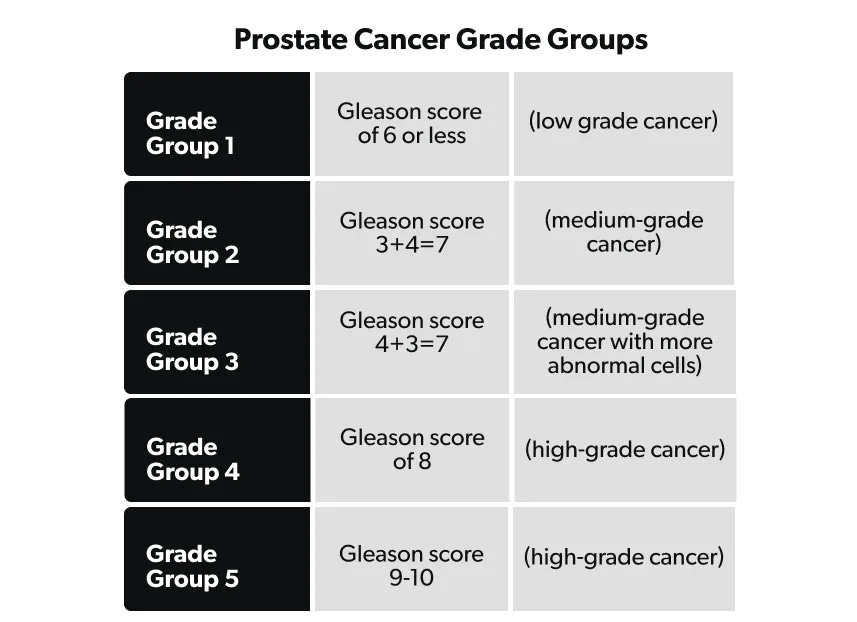On May 18, 2025, former President Joe Biden, aged 82, was diagnosed with an aggressive form of prostate cancer. The diagnosis followed medical consultations prompted by urinary symptoms and the discovery of a prostate nodule. Subsequent tests confirmed that the cancer had metastasized to his bones and was characterized by a Gleason score of 9 (Grade Group 5).
In a heartfelt message shared on social media, Biden expressed gratitude for the public's support, stating, "Cancer touches us all. Like so many of you, Jill and I have learned that we are strongest in the broken places." He also shared a photo with his wife, Dr. Jill Biden, and their cat, Willow.
While the cancer is advanced, his medical team noted that it remains hormone-sensitive, allowing for potential effective treatment options.
The prostate is a small, walnut-shaped gland that is part of the male reproductive system. It is located just below the bladder and in front of the rectum, surrounding the urethra (the tube that carries urine and semen out of the body). It produces a fluid that makes up a significant portion of semen.
Prostate cancer is the second most common cancers affecting men globally just behind lung cancer. Roughly 1.4 million new cases are diagnosed worldwide each year. The risk significantly increases after age 50 years with most being diagnosed after 65 years old. The remainder of this article will discuss the difference between grading and staging for prostate cancer.
Understanding Prostate Cancer: Grading vs. Staging
To comprehend the implications of President Biden's diagnosis, it's essential to distinguish between the grading and staging of prostate cancer.
Grading: Assessing Cancer Cell Aggressiveness
Grading evaluates how much cancer cells differ from normal prostate cells, indicating how quickly the cancer is likely to grow and spread. The Gleason grading system is commonly used for this purpose.
Gleason Score: This score ranges from 6 to 10 and is determined by examining prostate tissue under a microscope. As seen in the image below, the prostate cells under the microscope look less like normal prostate tissue as the Gleason score increases. Two patterns of cell growth are identified and scored from 1 (least aggressive) to 5 (most aggressive), then added together. For example, a Gleason score of 9 (4+5) indicates a high-grade, aggressive cancer.
Grade Groups: To simplify understanding, Gleason scores are categorized into Grade Groups:
President Biden's Gleason score of 9 places him in Grade Group 5, indicating a highly aggressive form of prostate cancer. Keep in mind that this form of prostate cancer can start and grow rapidly.
Staging: Determining Cancer's Spread
Staging describes the extent of cancer in the body, including tumor size and whether it has spread. The TNM system is commonly used:
T (Tumor): Size and extent of the primary tumor
N (Nodes): Involvement of nearby lymph nodes
M (Metastasis): Spread to distant organs
Prostate cancer stages range from I to IV:
Stage I: Cancer is confined to the prostate and not detectable by physical exam or imaging.
Stage II: Cancer is still within the prostate but may be detectable by exam or imaging.
Stage III: Cancer has begun to spread beyond the prostate to nearby tissues.
Stage IV: Cancer has spread to distant parts of the body, such as bones or lymph nodes.
Given that President Biden's cancer has metastasized to his bones, it is classified as Stage IV, which is the poorest prognosis.
Implications and Outlook
A diagnosis of high-grade, metastatic prostate cancer is serious. However, the fact that President Biden's cancer is hormone-sensitive offers treatment avenues, such as hormone therapy, which can slow the cancer's progression and alleviate symptoms.
This diagnosis underscores the importance of regular medical check-ups and awareness of prostate health, especially for men over 50. Early detection through PSA tests and digital rectal exams can lead to more effective treatment options.
As President Biden and his family navigate this challenging time, the nation watches with hope for his recovery and continued strength.







Thank you for this clear explanation in the face of so much misunderstanding
Look, another reason why hormone therapy should remain a viable option for everyone and isn't just used for gender therapy 🫠